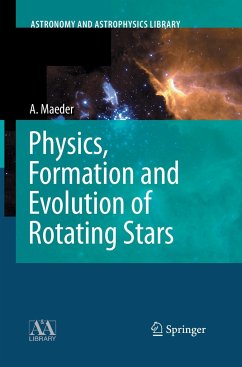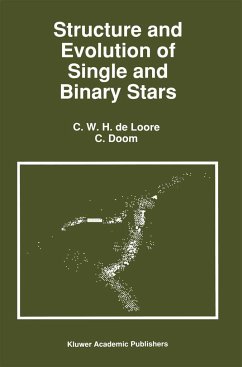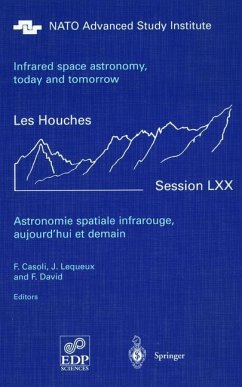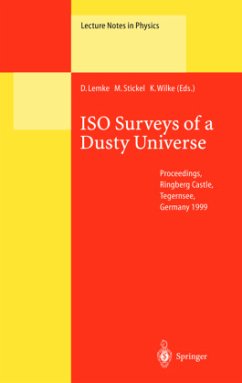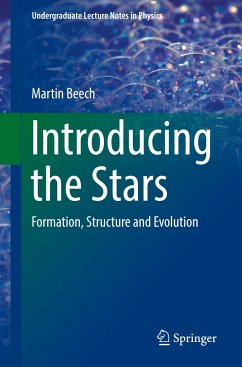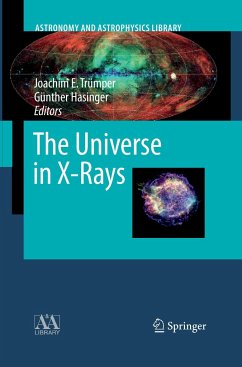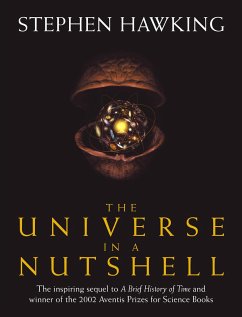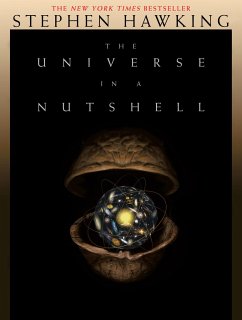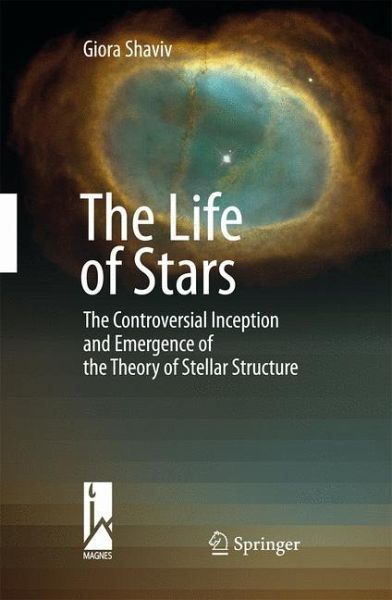
The Life of Stars
The Controversial Inception and Emergence of the Theory of Stellar Structure
Versandkostenfrei!
Versandfertig in 1-2 Wochen
77,99 €
inkl. MwSt.
Weitere Ausgaben:

PAYBACK Punkte
39 °P sammeln!
It is the stars, The stars above us, govern our conditions. William Shakespeare, King Lear A Few Words about What, Why and How The structure of the stars in general, and the Sun in particular, has been the subject of extensivescienti?cresearchanddebateforoveracentury.Thediscoveryofquantum theoryduringthe?rsthalfofthenineteenthcenturyprovidedmuchofthetheoretical background needed to understand the making of the stars and how they live off their energysource. Progress in the theoryof stellar structurewasmade through extensive discussions and controversies between the giants of the ?elds, as well...
It is the stars, The stars above us, govern our conditions. William Shakespeare, King Lear A Few Words about What, Why and How The structure of the stars in general, and the Sun in particular, has been the subject of extensivescienti?cresearchanddebateforoveracentury.Thediscoveryofquantum theoryduringthe?rsthalfofthenineteenthcenturyprovidedmuchofthetheoretical background needed to understand the making of the stars and how they live off their energysource. Progress in the theoryof stellar structurewasmade through extensive discussions and controversies between the giants of the ?elds, as well as brilliant discoveries by astronomers. In this book, we shall carefully expose the building of the theory of stellar structure and evolution, and explain how our understanding of the stars has emerged from this background of incessant debate. About hundred years were required for astrophysics to answer the crucial ques tions: What is the energy source of the stars? How are the stars made?How do they evolve and eventually die? The answers to these questions have profound im plications for astrophysics, physics, and biology, and the question of how we our selves come to be here. While we already possess many of the answers, the theory of stellar structure is far from being complete, and there are many open questions, for example, concerning the mechanisms which trigger giant supernova explosions. Many internal hydrodynamic processes remain a mystery. Yet some global pictures can indeed be outlined, and this is what we shall attempt to do here.




